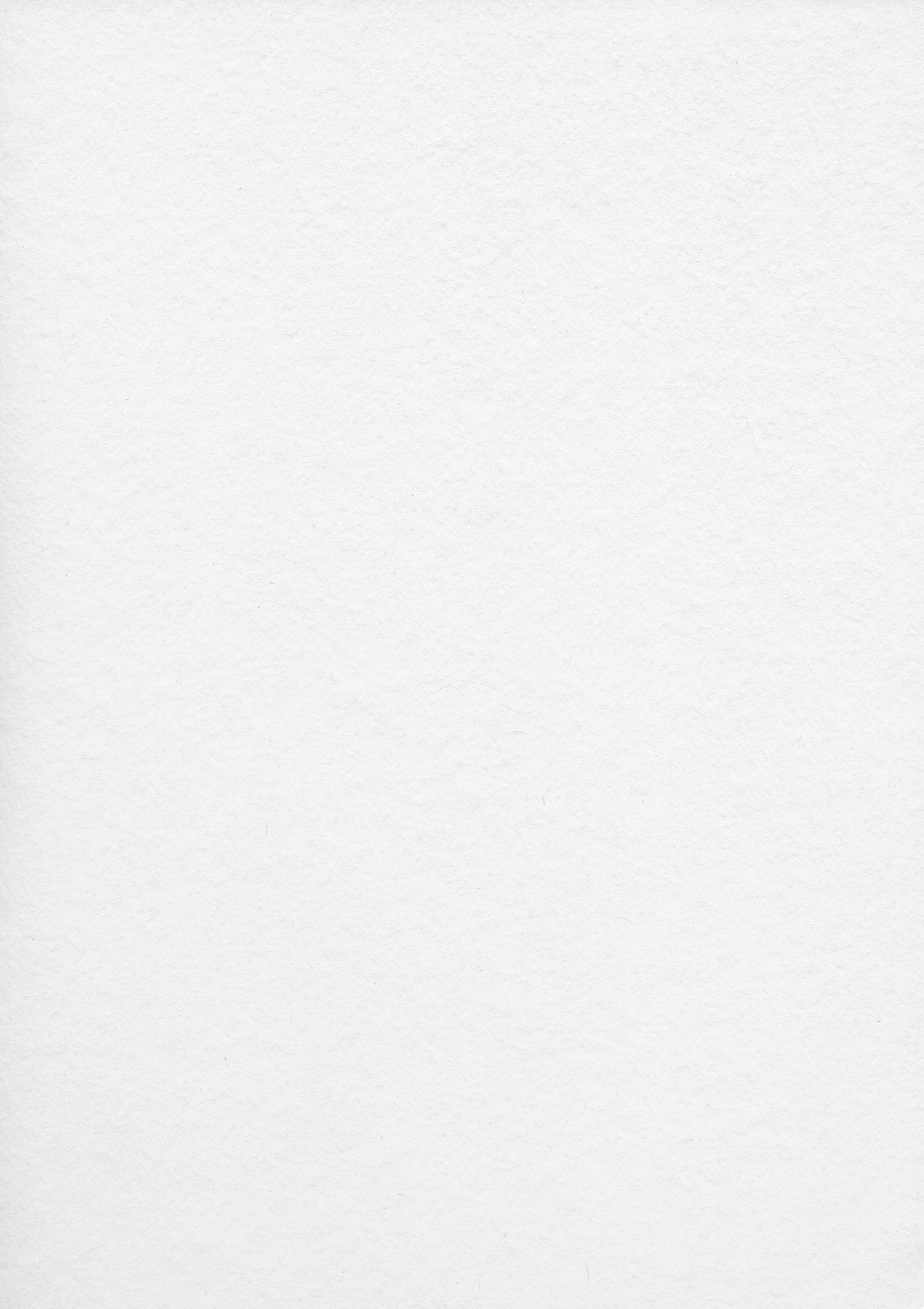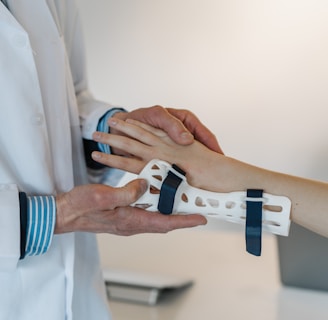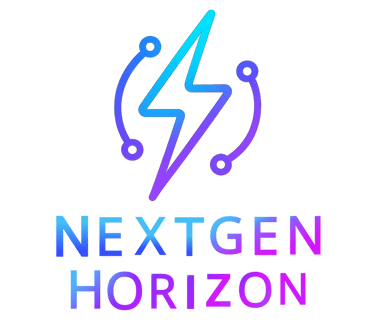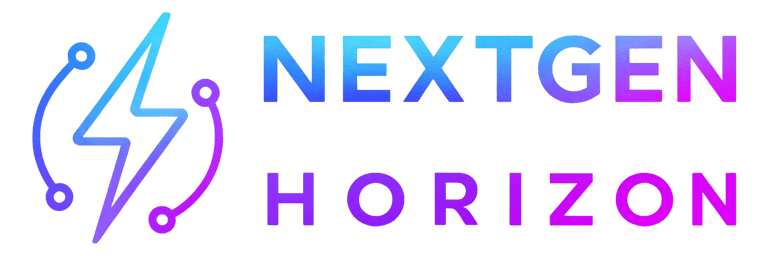Our Make:able Challenge Journey
2:02 PM PDT · October 14, 2025



Innovation means more when it makes a difference. That’s why our students at NextGen Horizon are proud to be participating in the Make:able Challenge, a global 3D printing and assistive technology design competition powered by PrintLab and Autodesk.
This unique challenge inspires young innovators to design custom assistive devices that empower people with disabilities to complete everyday tasks. From adaptive tools for cooking to accessible grips and supports, Make:able gives students the opportunity to use design thinking and engineering to make life easier — and more inclusive — for others.
How You Can Support
We’re currently fundraising to support materials, 3D printing supplies, and competition entry costs so that every student can participate fully. The event starts October 20th and ends April 20th.
Your donation helps us:
Provide design materials and printing filament for each team.
Cover registration and submission costs.
Offer mentorship sessions and equipment for prototyping.
👉 Donate to Support the Make:able Project
👉 Learn More About Make:able →
Together, we’re proving that when creativity meets compassion, technology can truly change lives.
Why It Matters
This project combines every element of our mission — STEM learning, creativity, and community impact. It challenges students to think beyond the screen and connect their technical skills to real-world needs.
By participating in Make:able, we’re showing that education isn’t just about what you learn — it’s about what you do with that knowledge.
Building With Purpose
Each team at NextGen Horizon is combining 3D printing, creativity, and empathy to solve real-world problems. Students start by identifying a person who faces physical challenges, then work through the full design process — brainstorming, prototyping, testing, and refining — until they’ve created a personalized assistive solution.
Through this process, students aren’t just learning how to design objects; they’re learning how to design for people. It’s a powerful reminder that technology has the greatest impact when it’s used with compassion and intention.





Designing for Impact: Our Make:able Challenge Journey
Innovate
Empowering youth through technology education and creativity.
Subscribe to our Newsletter
Contact@nextgenhorizon.org
(702) - 389 - 7103
© 2025. All rights reserved.


NextGen Horizon Foundation is an approved 501 (c) (3). Your donation is 100% tax-deductible where allowed by law. Tax receipts are sent upon request.
